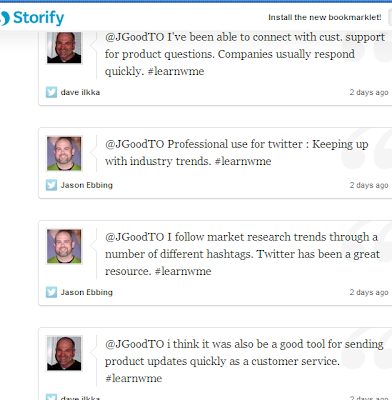On a weekly basis, I post an Instagram Weekend Challenge - #wkndchllnge - which is often guest-curated by one of the many regular participants. When I began using Instragram, I figured it was a good excuse to look at the world around me creatively again. And why not see if others would like to do the same? So, every weekend, numerous IG'ers worldwide submit photos specific to a chosen theme and exercise our creativity while sharing it with others. I love it and still can't believe we're up to 436 #wkndchllnge photos since autumn last year!
Instagram Weekend Challenge example. Curated by @_awad on Instagram
One of my favourite parts about the #wkndchllnge is that @ianbusher's great dog, Finn, has become our official mascot moreso 'by accident' than anything else. The whole creative affair brightens my weekends and often amazes me at the demonstrations of creativity that participants share. The connections and friendships that I've created through the #wkndchllnge are such an integral and rewarding part of it, too.
Finn the #wkndchllnge mascot. Photo by @ianbusher on Instagram
Spot him? Momo in Toronto. Photo by @andrewknapp on Instagram
Well, Andrew's been in Toronto for an extended stay and thankfully organized an #Instameet today in Trinity Bellwoods Park here in town where Momo fans could meet the star and his gracious owner. Brilliant.
#Instameet announcement by @andrewknapp
I don't care what you say about Social Media, but the ability to gather some fun, creative people together on a cold, wet evening to meet a spirited dog, other dog lovers and an imaginative dog owner is something I'm glad some savvy Instragram use could bring about.
We #foundmomo and had a blast! Thanks @andrewknapp!
Momo brings lots of smiles to many faces, including mine. @jgoodto on Instagram










.JPG)









+on+Twitter.jpg)















